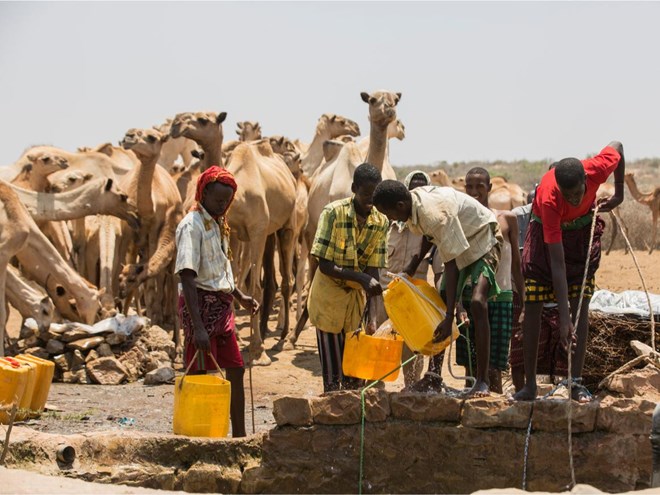The Somali Ministry of Energy and Water Resources expects that the approaching Autumn will be the fifth consecutive failed rainy season.
Except for sections of the northern region, predictions for October to December are projected to be below average in much of Somalia. The fall rain may possibly arrive later than expected in the southern and central areas.
Temperatures in drought-affected areas are also expected to reach over 40 degrees Celsius.
The flow of water in the Jubba and Shabelle rivers is projected to dramatically drop. Furthermore, the Jubba River may become shallow, and certain sections may dry up or suffer from severe water scarcity.
There are also many regions where the cost of water has more than doubled due to a lack of available water.
According to the Ministry, past failed rains drastically reduced groundwater levels.
The Ministry of Energy and Water Resources is concerned that the drought may worsen due to the poor prognosis for autumn precipitation. It urged regional governments and foreign partners to work more closely with the central government.
The Gu/long rains season in 2022 is anticipated to be among the driest on record. According to the Famine Early Warning Network, critical levels of acute malnutrition are already prevalent, and hunger-related death is becoming a growing problem.
According to the United Nations International Children’s Emergency Fund, the number of children in the Horn of Africa affected by drought has increased to at least 10 million from 7.25 million between February and April 2022, and this figure is anticipated to rise further. A serious food crisis affects nearly half of Somalia’s population.

